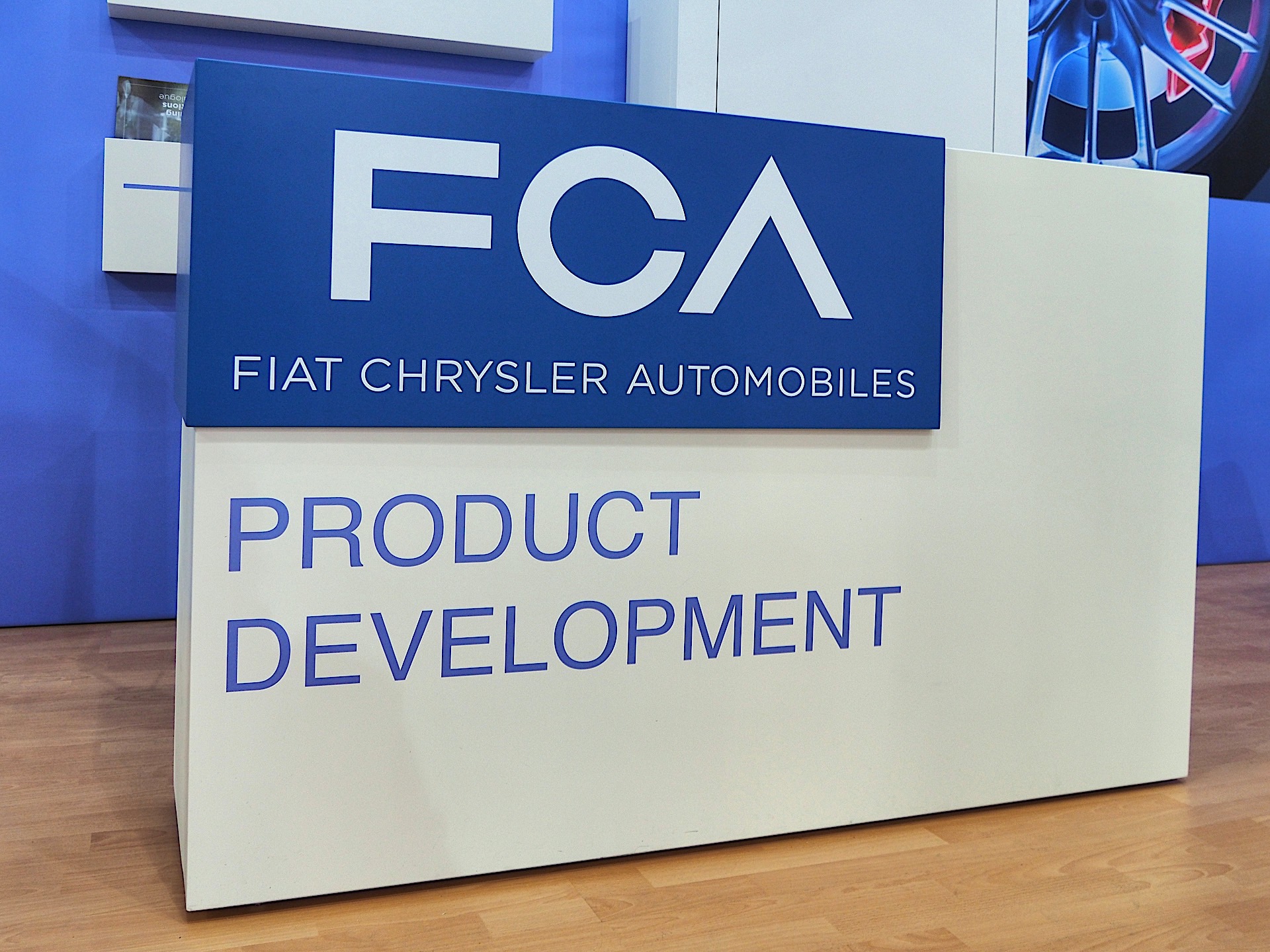
It may seem absurd in 2020, but as little as10n years ago Chrysler was at the forefront of electric vehicle development. In 2007 the company had founded the ENVI group to investigate the feasibility of launching multiple electric vehicles across the company’s full lineup of brands. Not only did the group develop three EVs with production intent around the same time Tesla was launching its first Roadsters, but it was also working on a low-cost electric neighborhood EV based on the GEM architecture which it owned at the time, and was developing a from-the-ground-up hybrid competitor to Toyota’s Prius.
Chrysler was in an interesting spot in 2007, as it was just coming out of the tumultuous “merger of equals” with German company Daimler AG and was delivered lock-stock-and-barrel to Cerberus Capital, which promptly invested over two billion dollars in the company’s future. Cerberus took over in August of 2007, and by September of 2007 ENVI was formed. The arm acted as a fast-moving tech company, getting the resources it needed to move forward as quickly as it asked for them. It took less than one year for the branch to develop three working ready-for-production prototypes.
For the Dodge division, ENVI crafted a compact electric sports car in much the same way Tesla had with the original Roadster. When you need a lightweight mid-engine platform, you call Lotus, naturally. Though instead of trying to stretch an Elise for their needs, ENVI took an off-the-shelf Lotus Europa chassis, grafted a Dodge “crosshairs” bumper on, and fitted it with an electric motor and battery array. With 268 horsepower and 480 lb-ft of torque, it was plenty quick, and a range of 200 miles was acceptable in the day. Dodge said it could charge from depleted to full overnight on 110v outlet, which made it feasible for daily transportation.
Two further range-extended EVs were crafted on the Jeep Wrangler JK and the Chrysler Town and Country platforms. Both were said to be capable of 40 miles of pure EV range before a small range extender gasoline engine kicked on to keep the batteries charged. While it wasn’t the REx we expected and hoped for, Chrysler did launch a beta Town and Country PHEV in 2012 to 25 test customers, but it was shelved before it reached production. We did finally get a production Chrysler PHEV minivan in 2016 with the Pacifica, which is very good, but imagine how much better it could have been if the company had committed to the bit in 2010.
Rumors abound that a Chrysler 200C range-extended EV was also in the pipeline to compete with Chevrolet’s Volt.
The Dodge EV sports car was slated for 2010 production, and even got a properpreproductionn magazine test with the likes of Car and Driver, MotorTrend, Green Car Reports, and Wired. The plan was to have Lotus build the chassis to customer spec, then ship them stateside for the drivetrain install. There were a handful of preproduction mules bopping around Michigan, the Arizona proving grounds, and even some in the UK, which lends further credence to the fact that the Circuit was very nearly ready for prime time, and the company was deadly serious about its EVs.
At one point, Chrysler had planned to ramp up production of EVs to over 100,000 units by the twenty teens, which would have significantly reduced pricing, and allowed the Circuit to compete quite favorably with the Tesla. Could Tesla have survived the early years with that kind of direct competition from a major OEM? Could stodgy old Dodge have become the EV and tech giant that we now know Tesla as today?
We’ll never know because the 2008 housing crisis very nearly wiped Chrysler off the face of the planet. Cerberus couldn’t handle the debt the company was now saddled with, and after just two years was forced to find a buyer for the massive international company hemorrhaging money. Chrysler went bankrupt in 2009, the sale to Fiat eventually went through, and government bailout money was promised and delivered. As conditional to receiving the bailout, Chrysler promised it would clean up its act and deliver on its electric car promise, as well as greatly improve its corporate average fuel economy numbers.
One of Fiat’s first acts as new governing partner with Chrysler was to completely axe the ENVI group and kill off all of its destined-for-greatness electric car projects. It was an expensive project that hadn’t turned a profit, and numbers were important. Fiat could have helped Chrysler prepare for the future and set the EV trend. Instead it went and killed its electric future, setting FCA up for long-term failure and further need to merge with PSA, which leads us to where we are today.
FCA had the ability, knowledge, engineering, and production capability to squash Tesla like a bug. Instead, the company is now reliant on Tesla for its ZEV credits. The company known in 2020 for its gas-guzzling Hellcats, Jeeps, and Rams doesn’t meet carbon emissions standards set in Europe and California, and needs to buy these credits from a company which produces no tailpipe emissions at all. These credit sales have helped Tesla to over a year straight of profitable returns.
Further, the merger with PSA group gets FCA access to compact hybrids and electrics popular across Europe from Peugeot, Citroen, and others in the portfolio. Imagine if Chrysler were leading the EV revolution instead of pushing an aged car lineup and resting on its Jeep and Ram laurels.

